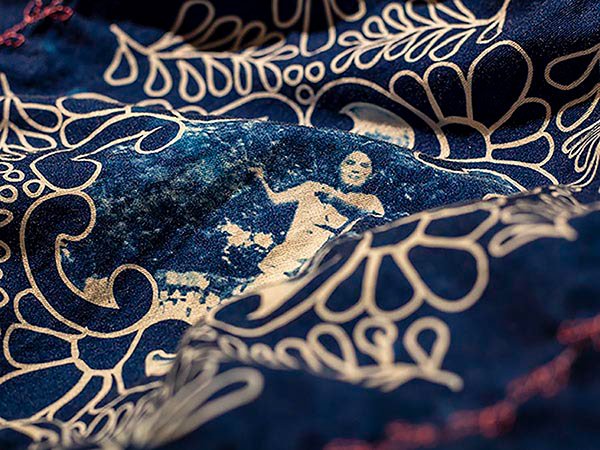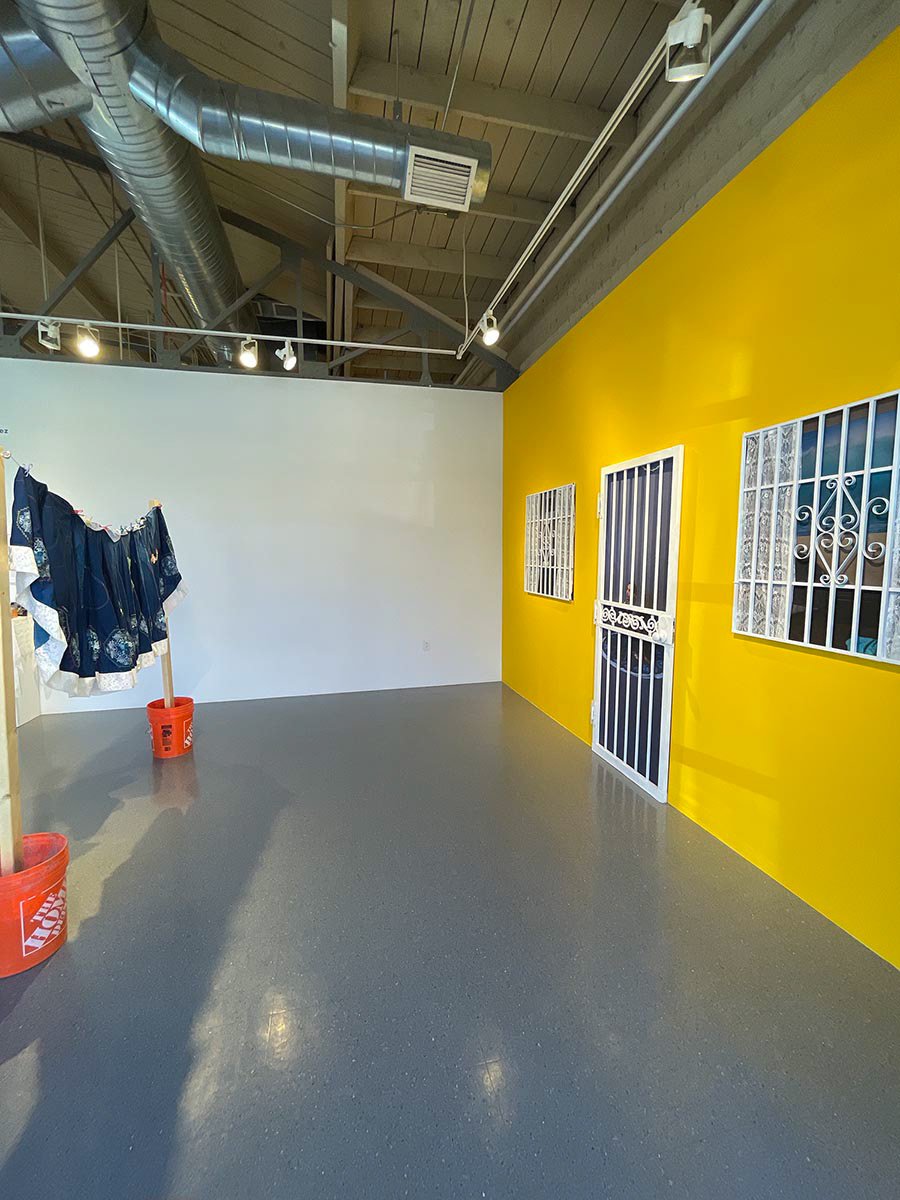Resiliencia, Mixed Media, 2020-2021
Growing up in the United States while being a first-generation Mexican American has taught me to have two identities, my American self, and my Latina self. Each personality comes to life depending on the specific occasion. My Latina side shows herself in Latinx communities at carnecerías, quinceañeras, and in any Spanish-speaking situation. In any white-dominated space, I have been forced to be called Liz, Elizabeth, Liezeth, and even Lizbeth since my name Lizeth (Li-Zeh-TH) seems to be too difficult to pronounce for some people. Out of fear that my mom will be deported, or my parents will be discriminated against for being Mexican, I internally bring out my American identity.
Gloria Anzaldúa states in her book Borderlands La Frontera: The New Mestiza, “Borders are set up to define the places that are safe and unsafe, to distinguish us from them. A border is a dividing line, a narrow strip along a steep edge. A borderland is a vague and undetermined place created by the emotional residue of an unnatural boundary.”[1] In the American education system, first-generation students are not encouraged to learn about their own culture. Instead, children of immigrants are forced to assimilate into American society, which is predominately white. Until recently, I always strategically kept my two identities separate.
Resiliencia explores my bicultural identities through the act of sewing, embroidering, and photography. The handmade huipil skirt embodies fashion, identity, legacy, and the connection to my ancestors. I emphasize this connection by embracing the embroidery and sewing skills of both my maternal and paternal grandmothers. Resiliencia invites people to travel to the backyard of a small house located in Delicias, Chihuahua where the huipil skirt is air-dried on a clothing wire. The white inside of the skirt faces the audience to signify how I present.
On the other side, photographs of my family, embroidery of flowers, and sewn familial roots visually represent myself within the Latinx community— being brown, proud, and self-aware. Resiliencia is a visual representation of my bicultural identities that have co-existed while living in the United States. Through this work, I am summoning my Latinx culture that has been neglected and subjugated over the years. The neither here nor there feeling of this borderland is no longer applicable. I am Mexican American; I personify my two cultures.
[1] Gloria Anzaldúa, “Borderlands / La Frontera: The New Mestiza”, (Aunt Lute Books, 1987), 3



